
A Sense of Doubt blog post #3229 - Winter Solstice 2023
The Solstice is a day worth noting, though as I will share in my post on Christmas Eve, it has never carried the same depth and meaning for me.
Though I tend to go to bed very early anyway (because I like to read before sleep), I tend to go up to bed even earlier as the days grow to their shortest.
Thanks for tuning in.

https://lifeadventurously.com/spiritual-meaning-of-winter-solstice/
Winter Solstice 2023: A Journey into Spiritual Awakening and Renewal
As the chill of winter embraces the Northern Hemisphere, the Winter Solstice of 2023 marks not just the shortest day and the longest night, but also a profound spiritual gateway. In many cultures, this time is seen as a period of deep reflection, renewal, and a celebration of light triumphing over darkness.
Let’s delve into the spiritual meanings embedded in this cosmic event and how it can be a catalyst for personal transformation.
The Cosmic Pause: Embracing Stillness and Reflection
The Winter Solstice, occurring on December 21, 2023, serves as a cosmic pause. It’s a moment when the Earth’s tilt away from the sun reaches its peak, creating a brief stillness before the gradual return of longer days.
Spiritually, this mirrors a time for us to embrace stillness in our lives, to reflect on the past year, and to contemplate our paths ahead. It’s a period that encourages introspection and self-examination, urging us to look inward and find peace in the quiet.
Rebirth of the Sun: Symbolism of Hope and Renewal
In many ancient traditions, the Winter Solstice is celebrated as the rebirth of the sun. This aligns with numerous mythologies where the sun is seen as a powerful symbol of hope, life, and renewal. As the days start to lengthen post-solstice, it symbolizes the return of light, both literally and metaphorically, into our lives.
This can be a powerful metaphor for personal growth and the shedding of old patterns. Just like the sun, we too can rise anew, filled with fresh energy and perspectives.
Nature’s Wisdom: Learning from the Earth’s Cycles
The Winter Solstice reminds us to align ourselves with nature’s rhythms. Just as the natural world slows down, conserving energy during the colder months, we too are invited to slow our pace, to rest and rejuvenate.
This natural cycle of rest and renewal is essential for sustainable growth. It teaches us the importance of balance – the balance between action and rest, giving and receiving, light and darkness.
Cultural Celebrations: Unity in Diversity
Culturally, the Winter Solstice is celebrated in myriad ways across the globe. From the Yule traditions in Northern Europe, symbolizing the rebirth of light, to the Dongzhi Festival in China, emphasizing family unity and the balance of yin and yang, these celebrations highlight a universal reverence for this celestial event. They remind us of our interconnectedness with each other and the universe.
Personal Rituals: Creating Space for Spiritual Growth
The Winter Solstice is an excellent time to create personal rituals that foster spiritual growth. This might include meditating, setting intentions for the upcoming year, or even a simple candle-lighting ceremony to honor the return of light. Such practices can serve as powerful tools for grounding ourselves and connecting with the deeper aspects of our being.
Embracing the Darkness: A Lesson in Resilience
There’s also a lesson in embracing the darkness of the solstice. Just as the night is darkest before the dawn, our own periods of difficulty and challenge often precede significant personal growth and enlightenment. The solstice teaches us the resilience to endure the dark, knowing that light and warmth are on the horizon.
A Time for Transformation
The Winter Solstice of 2023 is more than just a date on the calendar; it’s a spiritual milestone, a time of deep magic and transformation. It invites us to pause, reflect, and realign with our inner selves and the natural world. Whether through personal rituals, cultural celebrations, or quiet reflection, the solstice offers a unique opportunity to close one chapter and begin another, filled with hope, light, and renewal.
So, as we approach this Winter Solstice, let’s embrace the lessons it brings, finding joy in the stillness, wisdom in the darkness, and hope in the returning light. Here’s to a transformative solstice and a bright new beginning!
Life Adventurously
The Life Adventurously Team consists of spiritual guides, dream interpreters, and writers dedicated to exploring the mystical connections between humans and the animal kingdom. With diverse backgrounds in symbolism and ancient traditions, our unified goal is to inspire self-awareness and spiritual growth by unveiling the profound messages that dreams and animal totems convey.
https://www.farmersalmanac.com/winter-solstice-first-day-winter
When Is The Winter Solstice?
The winter solstice, which marks the first day of winter 2023, occurs on Thursday, December 21, 2023 at 10:27 p.m. EST. (for the Northern Hemisphere). Learn what causes this change in seasons and winter solstice traditions from around the world.
What Is Winter Solstice?
Winter solstice is the astronomical moment when the Sun reaches the Tropic of Capricorn, we have our shortest day and longest night of the year in the Northern Hemisphere in terms of daylight. Regardless of what the weather is doing outside your window, the solstice marks the official start of winter.
Curious what kind of weather to expect on the first day of winter 2023 and beyond?
What Does “Solstice” Mean?
The term “solstice” comes from the Latin words sol (Sun) and sistere (to stand still) because, during the solstice, the angle between the Sun’s rays and the plane of the Earth’s equator (called declination) appears to stand still.
So what does that mean, exactly? Upon the winter solstice, the Sun appears at its lowest in the sky, and its noontime elevation seems to stay the same for several days before and after this day. The Sun’s gradual decrease in the sky reverses upon the winter solstice, marking what many cultures believe to be a “rebirth” of the Sun as the hours of daylight become longer.
Essentially, daylight hours (the period of time between sunrise and sunset each day) have been growing slightly shorter each day since the summer solstice last June, which is the longest day of the year (at least in terms of light). December 21 marks the start of when days will begin to grow longer. They will continue to do so until we reach the summer solstice again in June. Then the cycle will begin anew.
While we celebrate the winter solstice, those living in the Southern Hemisphere will be simultaneously marking the arrival of summer. That’s because while our half of the globe is inclined away from the Sun, their half is inclined toward it. Being tilted away from the Sun brings us shorter days and colder temperatures.
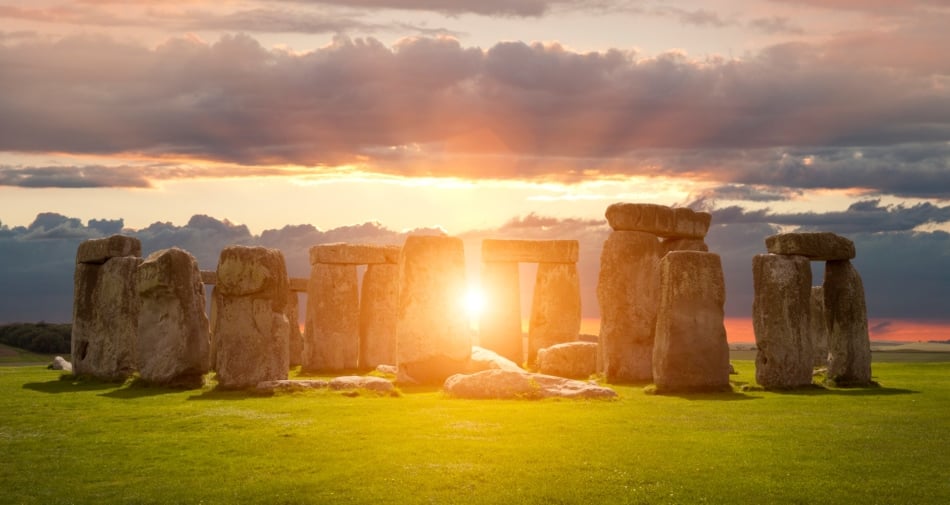 |
| Historians believe Stonehenge in England was erected to keep track of the Sun’s yearly progress. |
Early man kept track of the days by observing the Sun as it “moved” across the sky and cast shadows during the day and at different times of the year. In fact, historians believe Stonehenge in England was erected to keep track of the Sun’s yearly progress.
Winter Solstice Traditions: Folklore And Celebrations
Looking for unique ways to celebrate the first day of winter 2023? Here are some traditions from around the world …
The Winter Solstice has played an important role in cultures worldwide from ancient times until today. In fact, many of the customs, lore, symbols, and rituals associated with Christmas are actually associated with winter solstice celebrations of ancient Pagan cultures. Here are some examples:
Alban Arthan
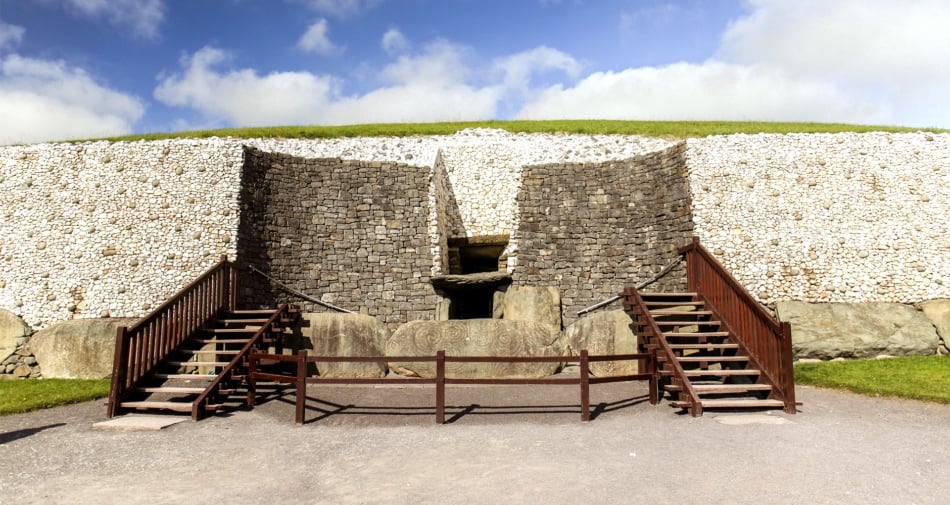
Welsh for “Light of Winter,” Alban Arthan is a universal festival, which has been (and still is) celebrated by many people and is probably the oldest seasonal festival of humankind. In Druidic traditions, the Winter Solstice is thought of as a time of death and rebirth when Nature’s powers and our own souls are renewed. It marks the moment in time when the Old Sun dies (at dusk on the 21st of December) and when the Sun of the New Year is born (at dawn on the 22nd of December), framing the longest night of the year. The birth of the New Sun is thought to revive the Earth’s aura in mystical ways, giving a new lease on life to spirits and souls of the dead.
The prehistoric monument, Newgrange built in Ireland around 3200 B.C. (making it older than Stonehenge), is associated with the Alban Arthan festival. The site consists of a large circular mound with a stone passageway and interior chambers. When the Sun rises, the chamber is flooded with sunlight on the Winter Solstice. What Stonehenge is for Alban Hefin (The Druid festival for The Summer Solstice), Newgrange is for Alban Arthan.
The Feast of Juul
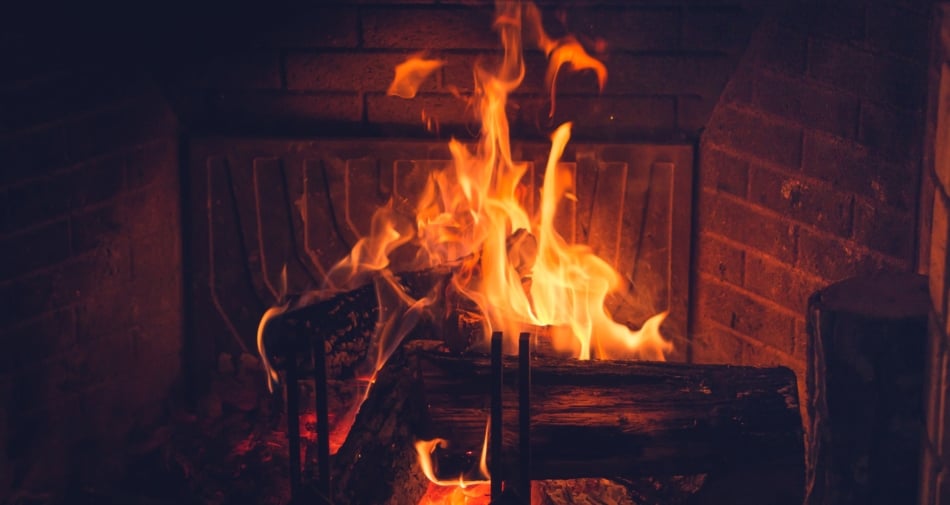
This was a festival observed in Scandinavia when fires were lit to symbolize the heat, light and life-giving properties of the returning Sun. A Yule—or Juul—log was brought in and burned on the hearth in honor of the Scandinavian god, Thor. It was Thor’s job to bring the Sun’s warmth back to the people. The log, which was never allowed to burn entirely, was kept as both a token of good luck against misfortune and used as kindling for the following year’s log. In England, Germany, France, and other European countries, the Yule log was burned until nothing but ash remained.
The ashes were then collected and spread into the fields as fertilizer every night until Twelfth Night, or worn around the neck as a charm. French peasants would place the cooled ashes from the log under their beds, believing they would protect the house against thunder and lightning. The present-day custom of lighting a Yule log at Christmas is believed to have originated with these fires associated with the Feast of Juul.
Dongzhi Winter Solstice Festival
In addition to the traditions from western cultures, the Dongzhi Winter Solstice Festival is celebrated as a time for the entire family to get together to celebrate the past good year. As ancient Chinese thought, the yang, or muscular, positive things will become stronger and stronger after this day, so it should be celebrated. Dumplings are usually eaten.
Saturnalia
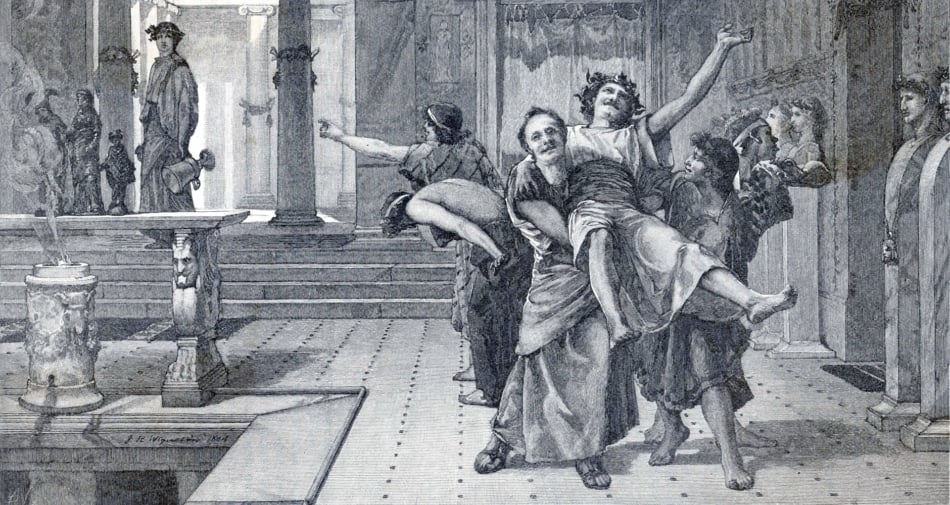
In Ancient Rome, the Winter Solstice festival referred to as Saturnalia began on December 17 and lasted for seven days. It was held to honor Saturnus, the Roman god of agriculture and harvest, and was characterized by the suspension of discipline and reversal of the usual order. Grudges and quarrels were forgiven, wars were postponed, and people engaged in carnival-like festivities. The popularity of Saturnalia continued into the third and fourth centuries AD, and as the Roman Empire came under Christian rule, some of the festival’s customs have influenced our current celebrations surrounding Christmas and the New Year.
Longest Shadow Of The Year
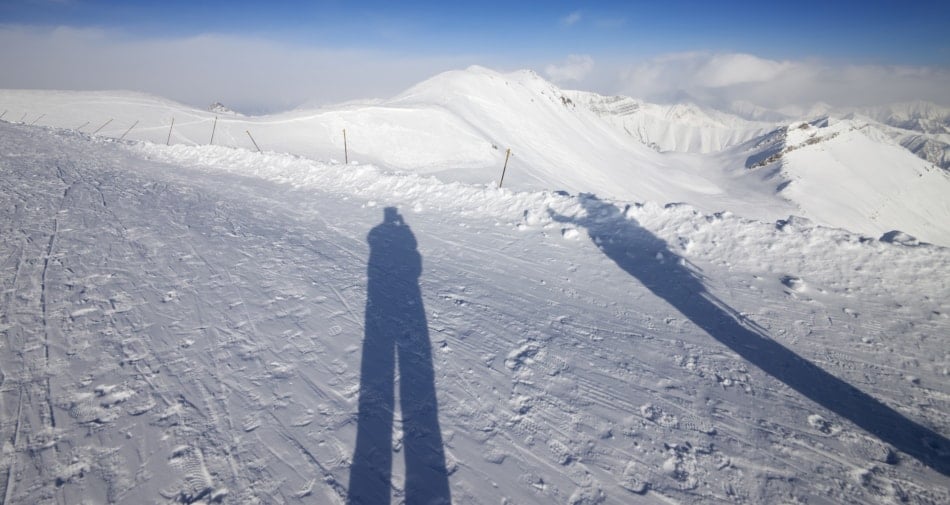
If you live in the Northern Hemisphere, check your noontime shadow around the time of the solstice: It will be your longest noontime shadow of the year. Conversely, in June, at the time of the summer solstice, you’ll see your shortest noontime shadow. This is because the Sun is at different angles. The Sun’s low arc across the sky in winter causes objects to cast longer shadows.
+++++++++++++++++++++++++++++++++++++++++++++++++++++++++++++++++++++++
+++++++++++++++++++++++++++++++++++++++++++++++++++++++++++++++++++++++
+++++++++++++++++++++++++++++++++++++++++++++++++++++++++++++++++++++++
- Bloggery committed by chris tower - 2312.21 - 10:10
- Days ago = 3093 days ago
- New note - On 1807.06, I ceased daily transmission of my Hey Mom feature after three years of daily conversations. I plan to continue Hey Mom posts at least twice per week but will continue to post the days since ("Days Ago") count on my blog each day. The blog entry numbering in the title has changed to reflect total Sense of Doubt posts since I began the blog on 0705.04, which include Hey Mom posts, Daily Bowie posts, and Sense of Doubt posts. Hey Mom posts will still be numbered sequentially. New Hey Mom posts will use the same format as all the other Hey Mom posts; all other posts will feature this format seen here.


No comments:
Post a Comment